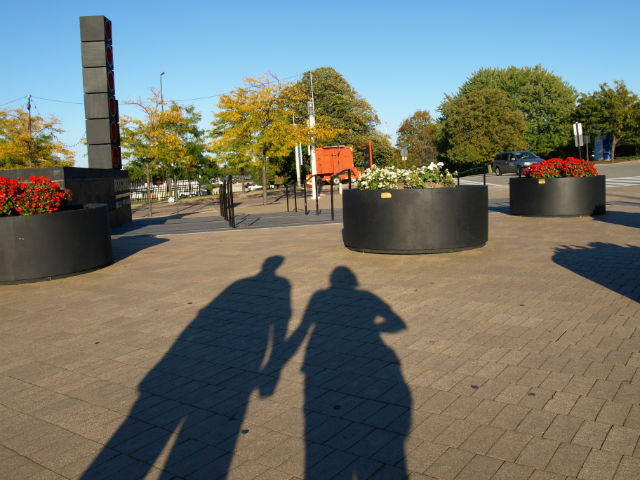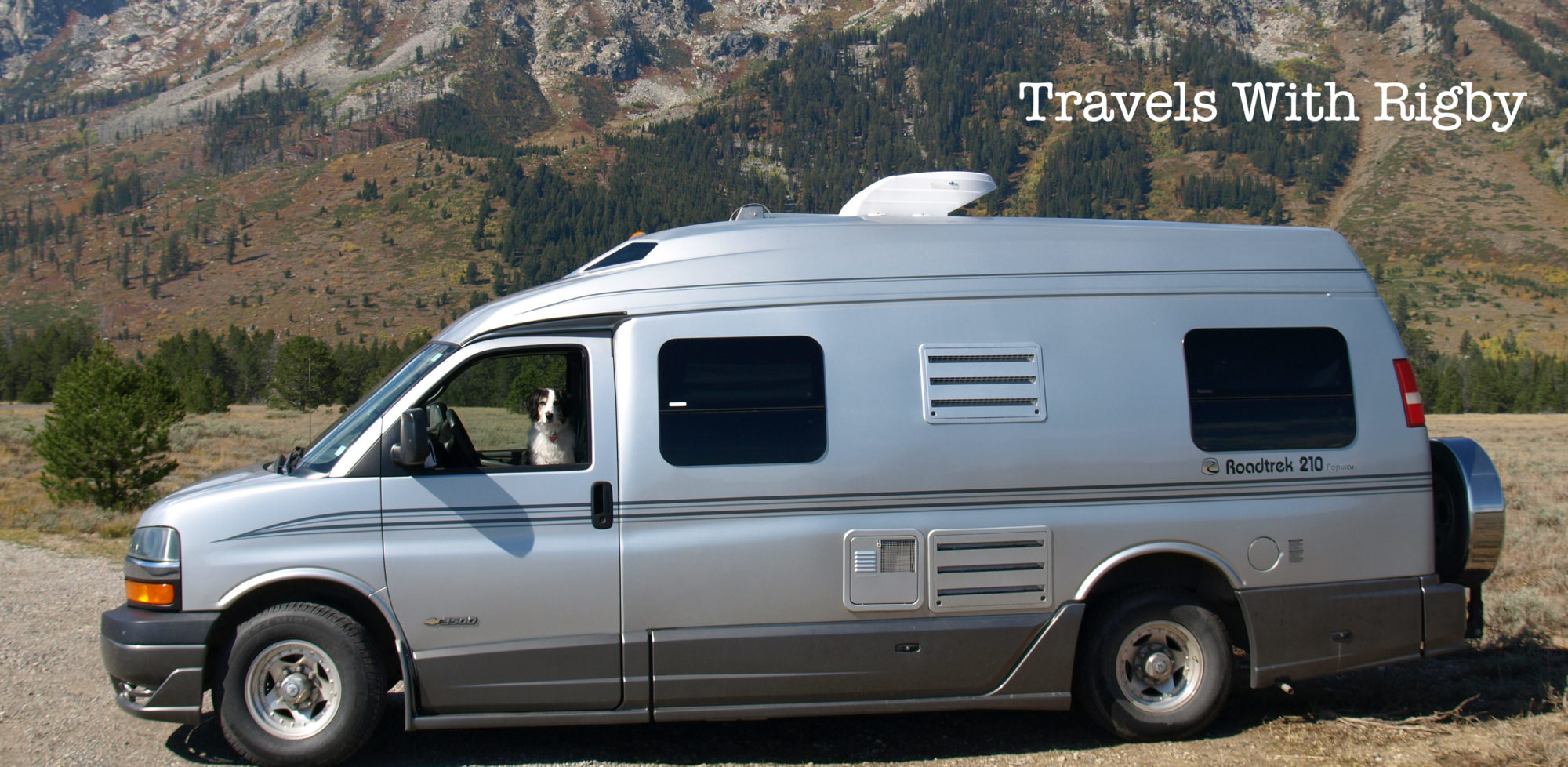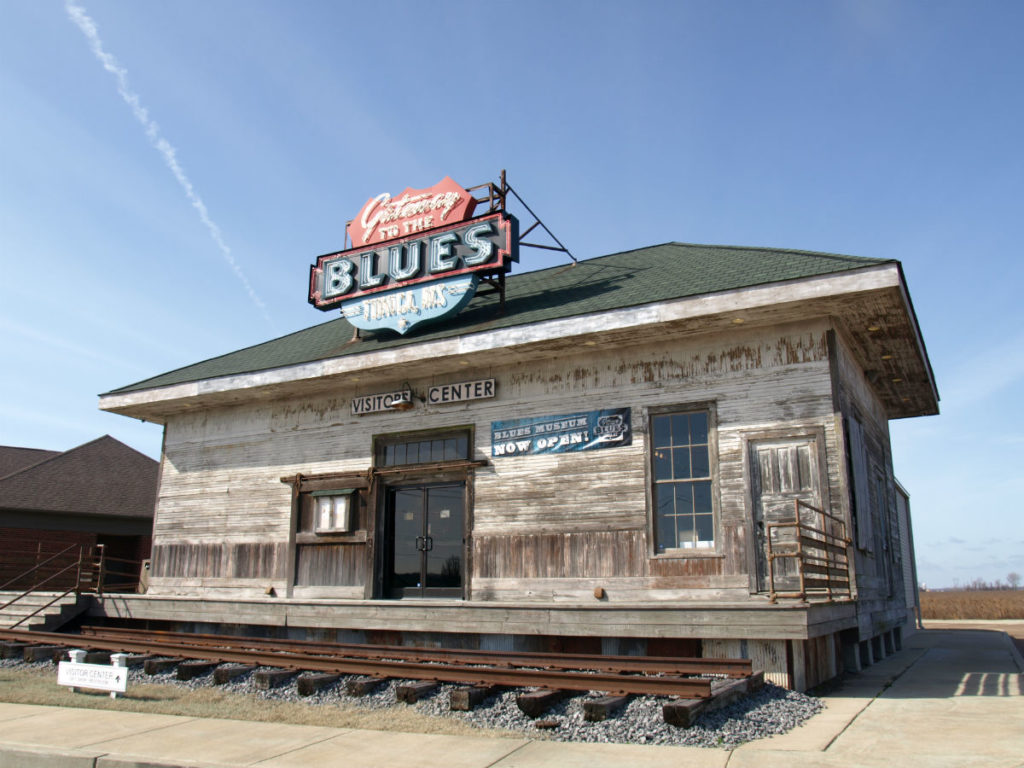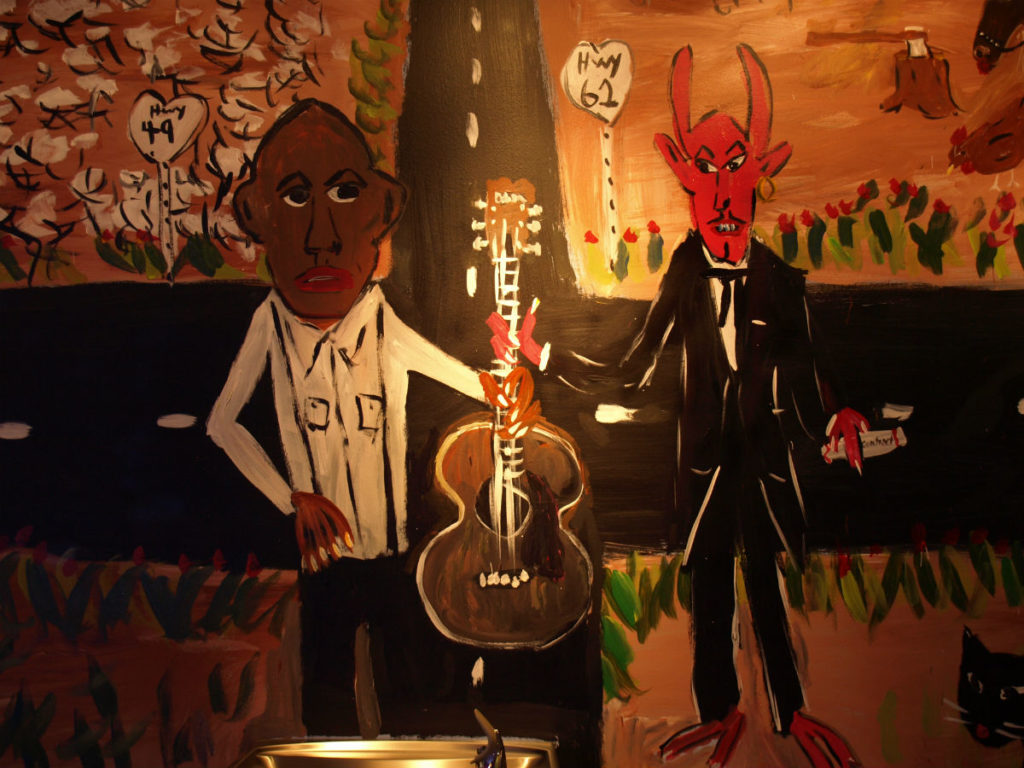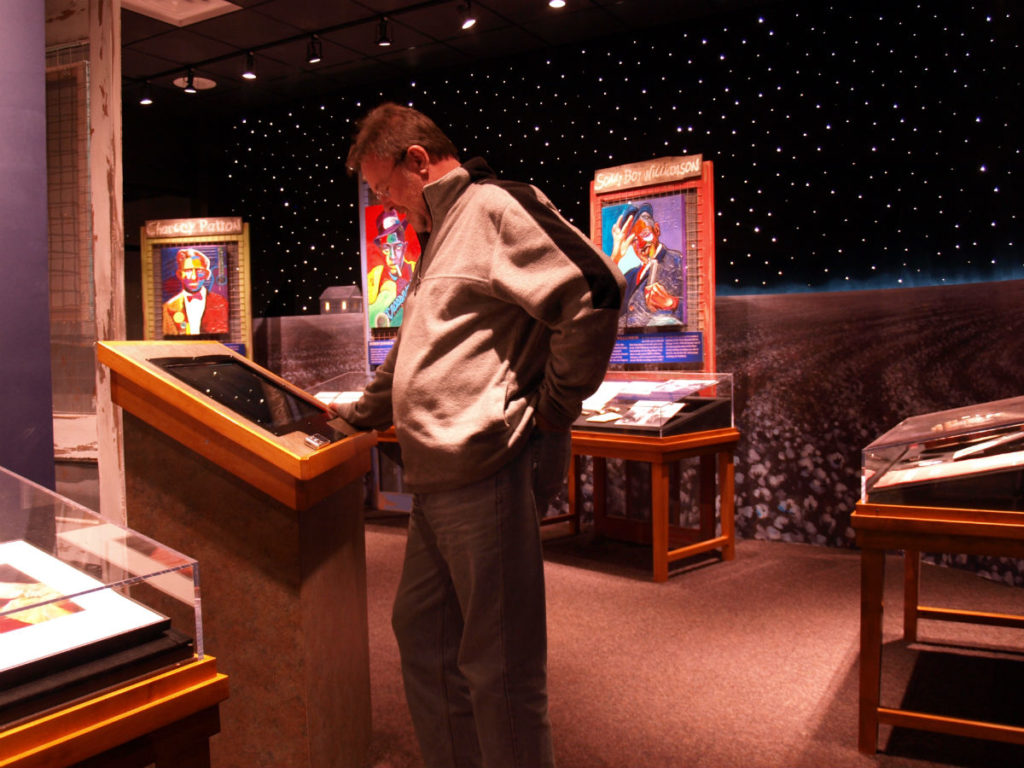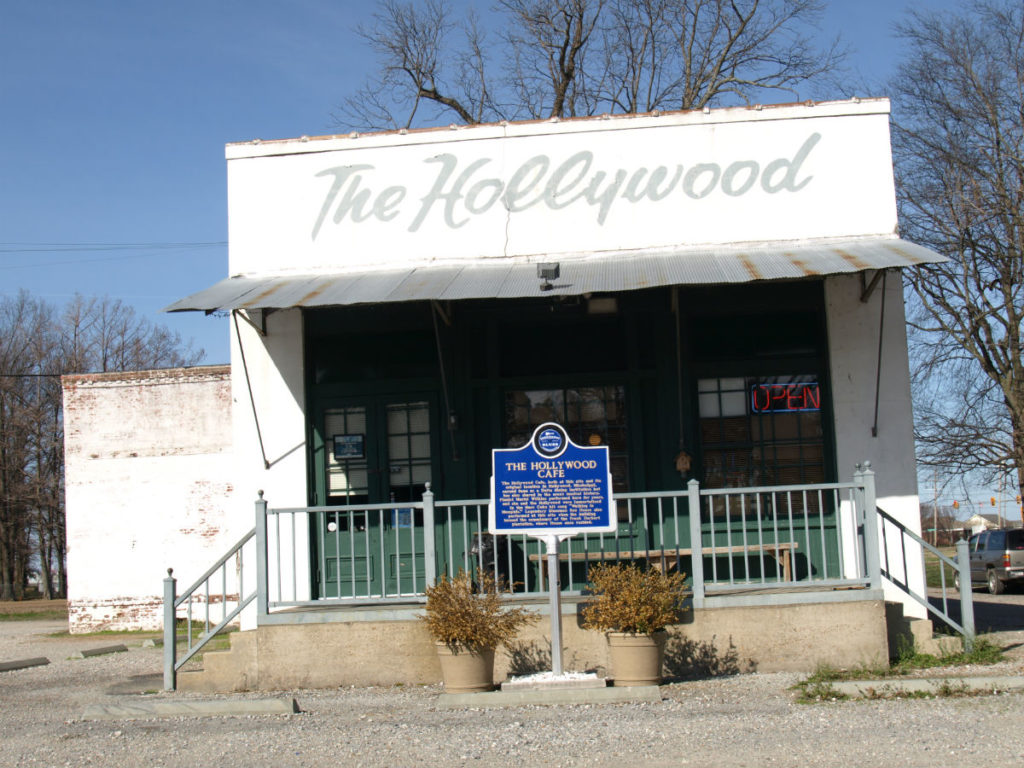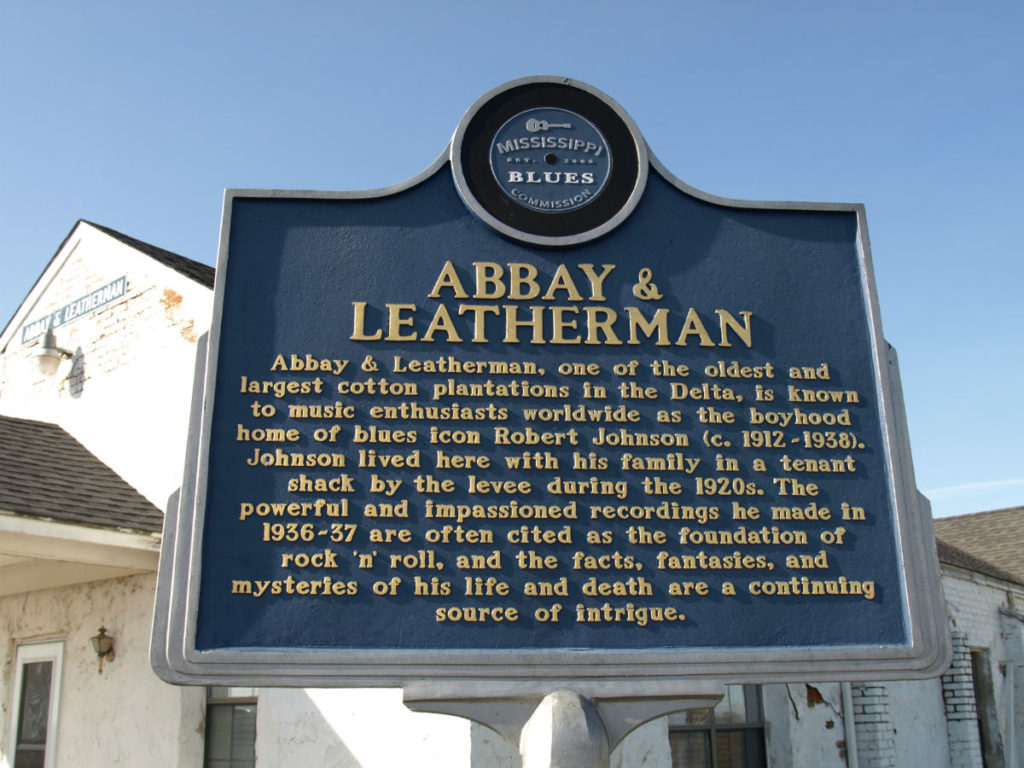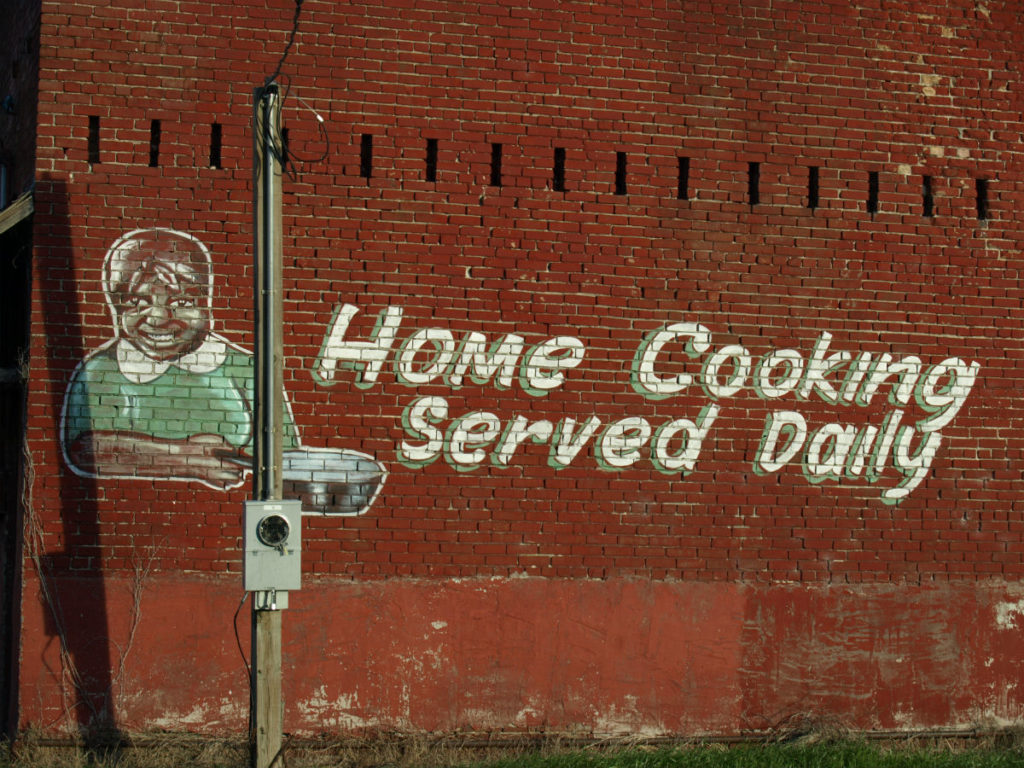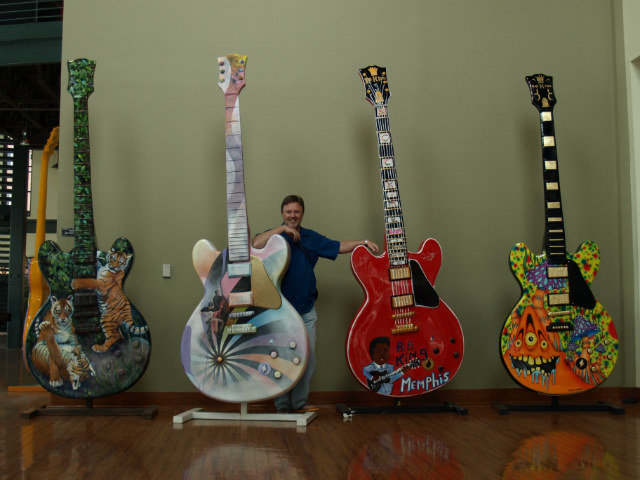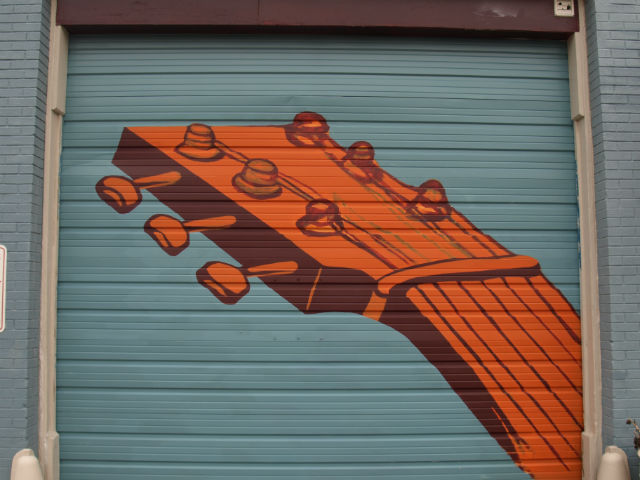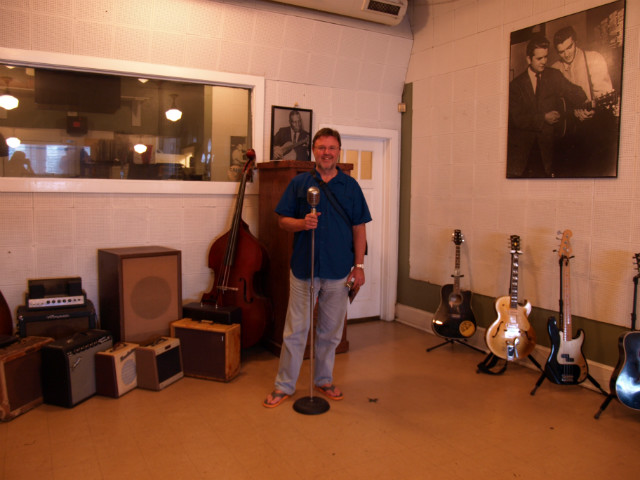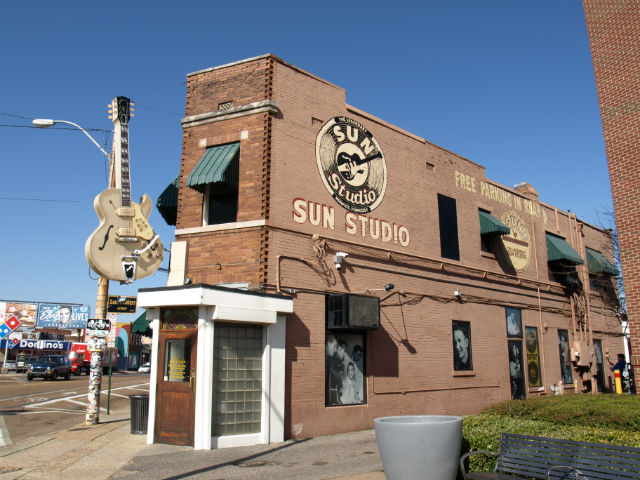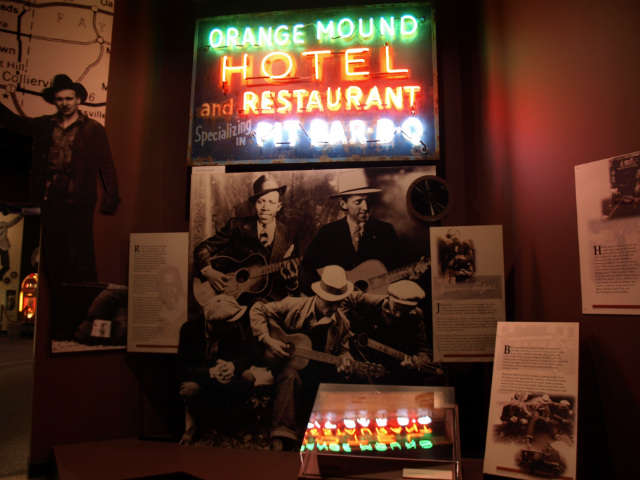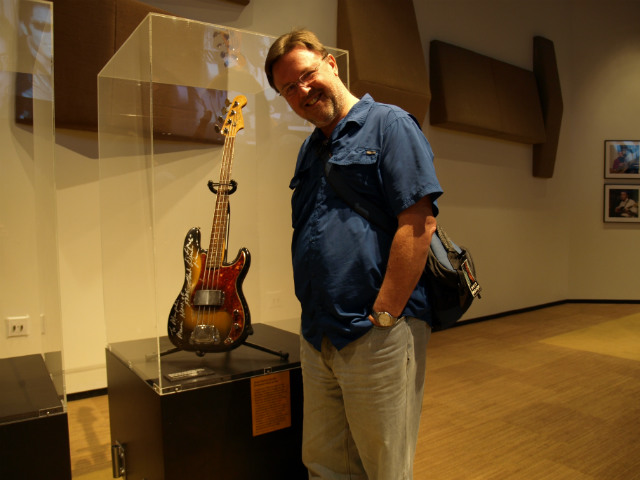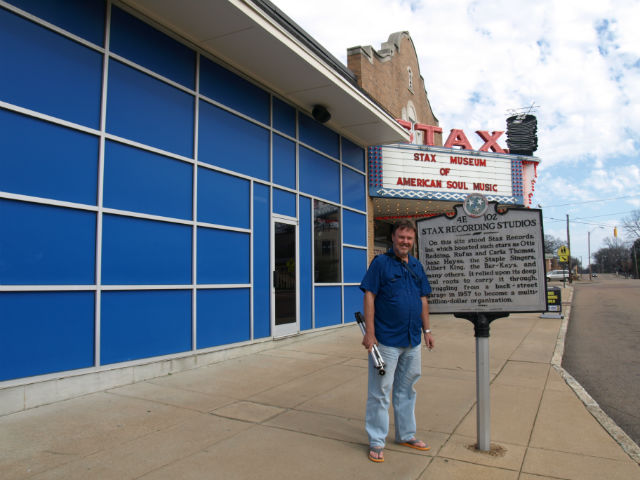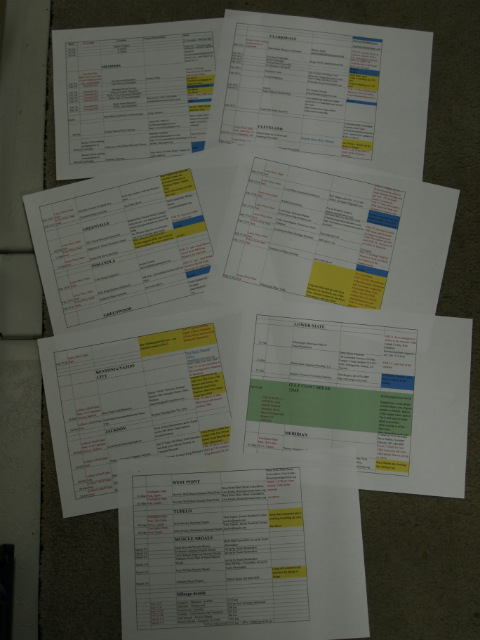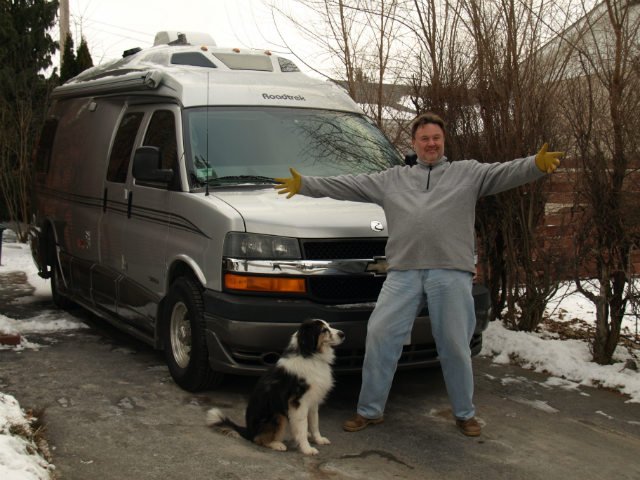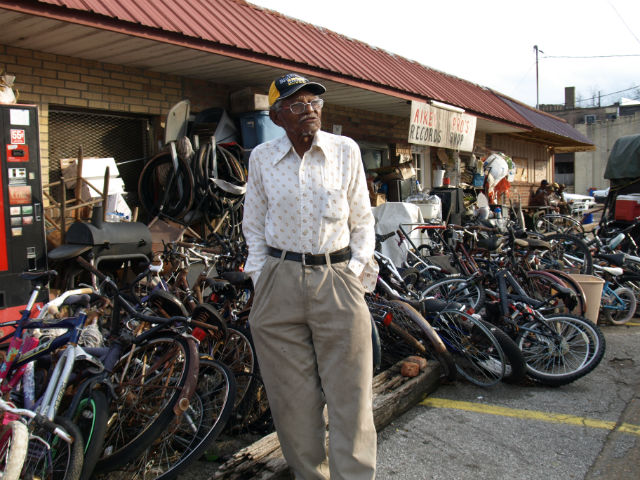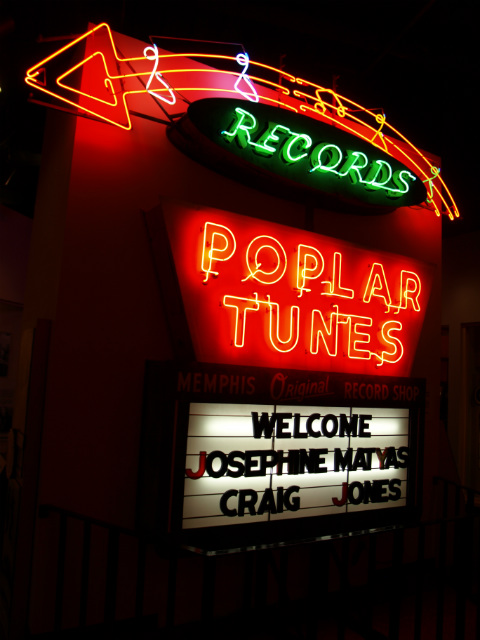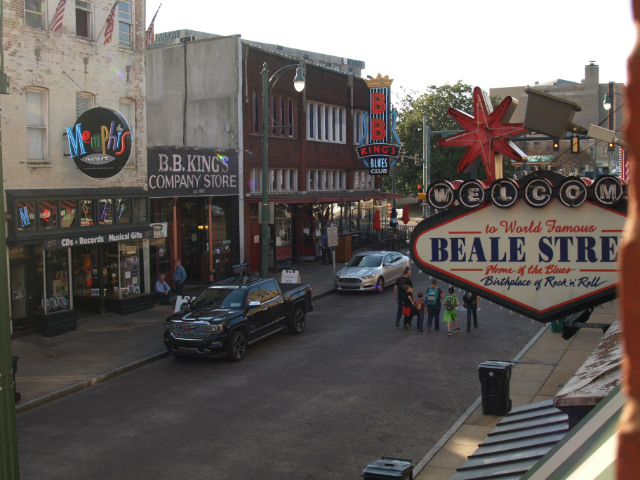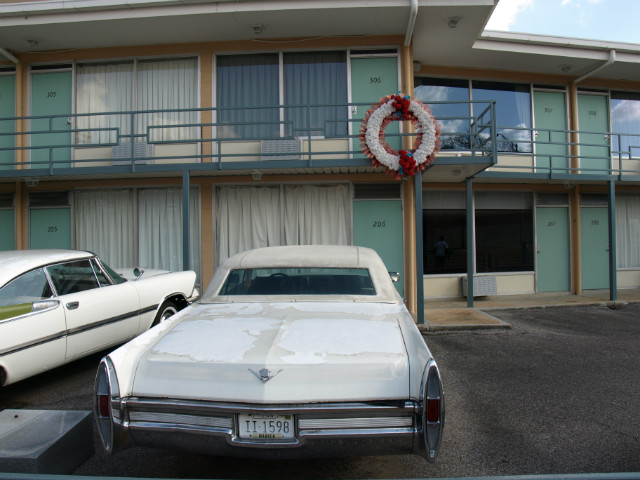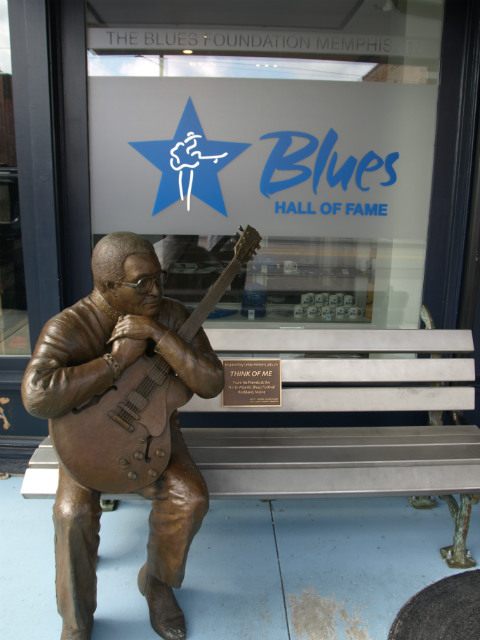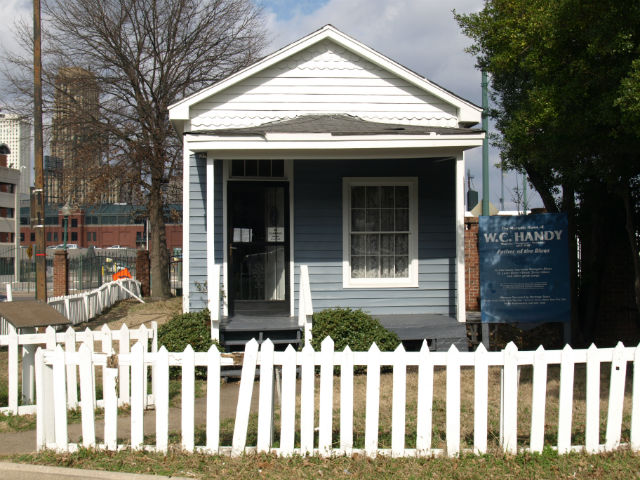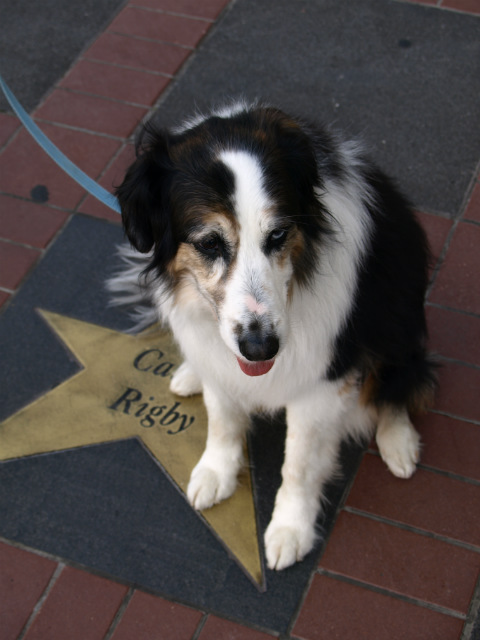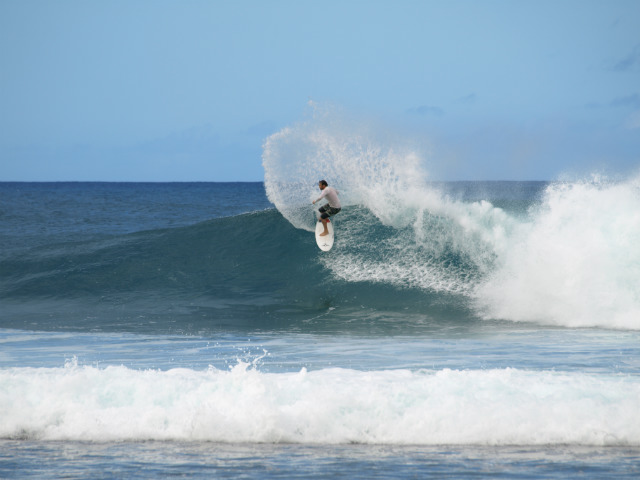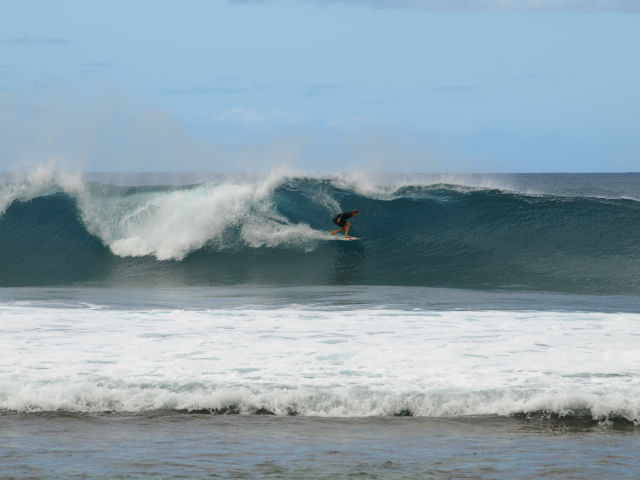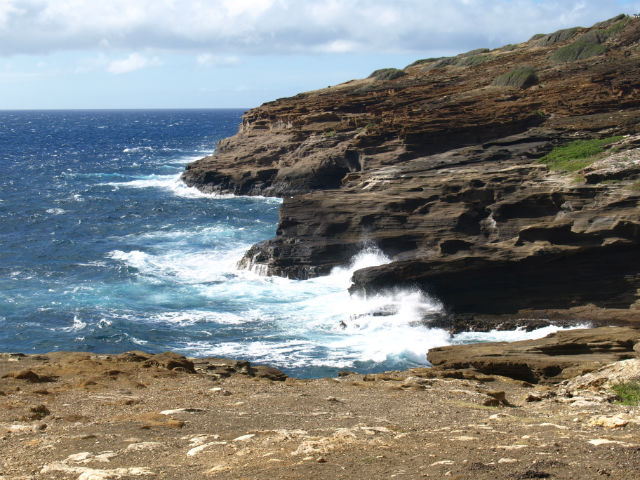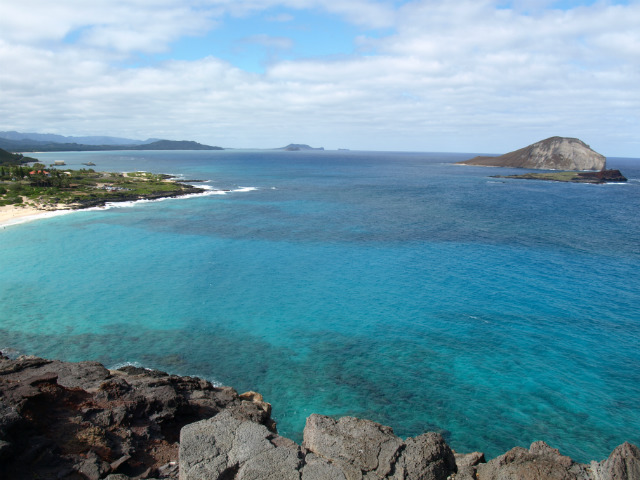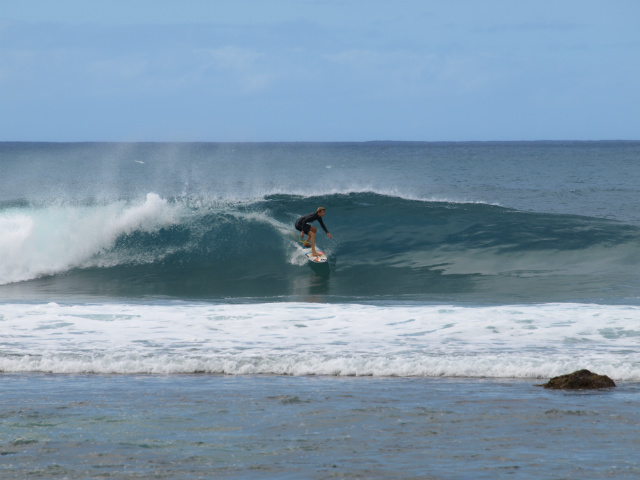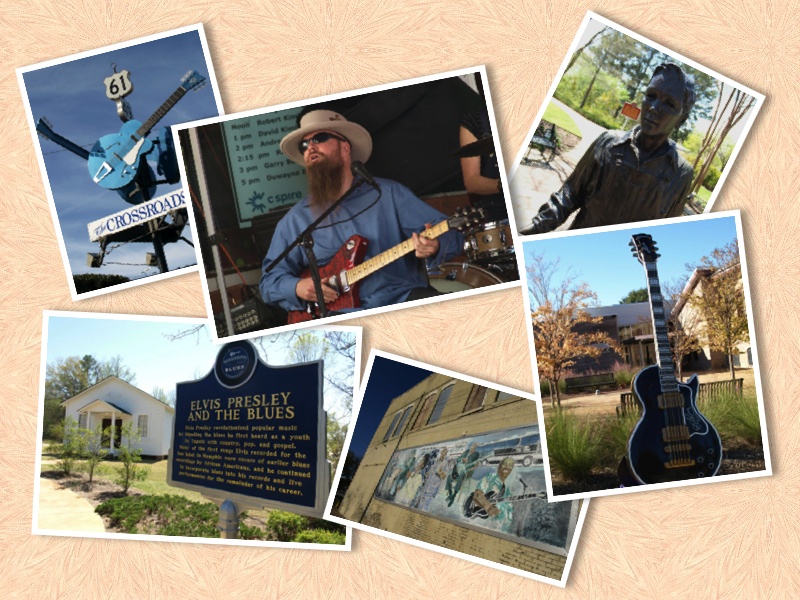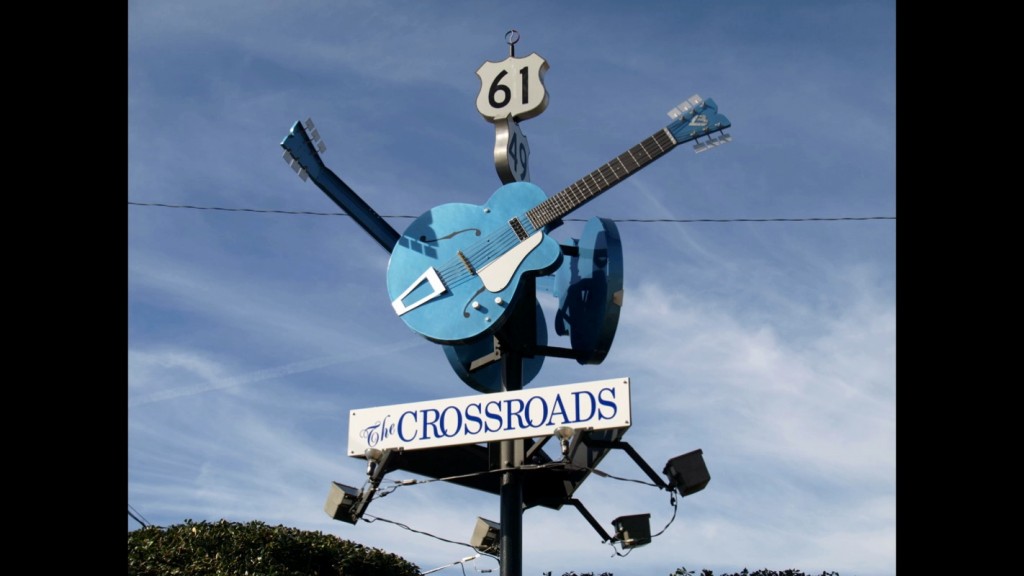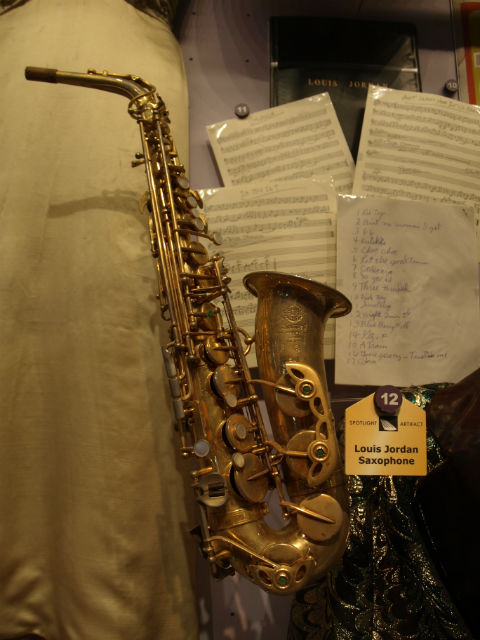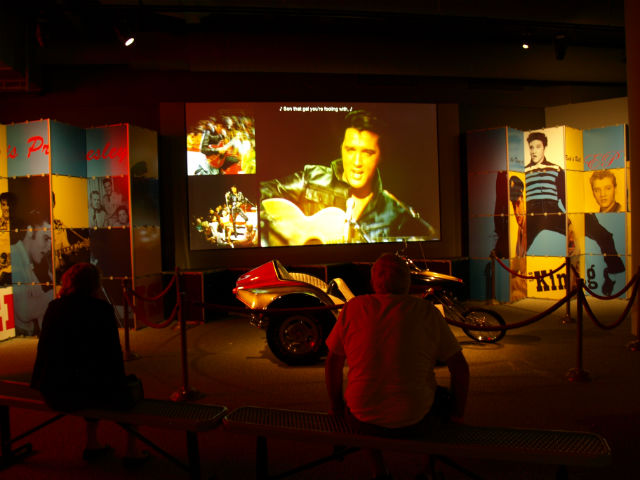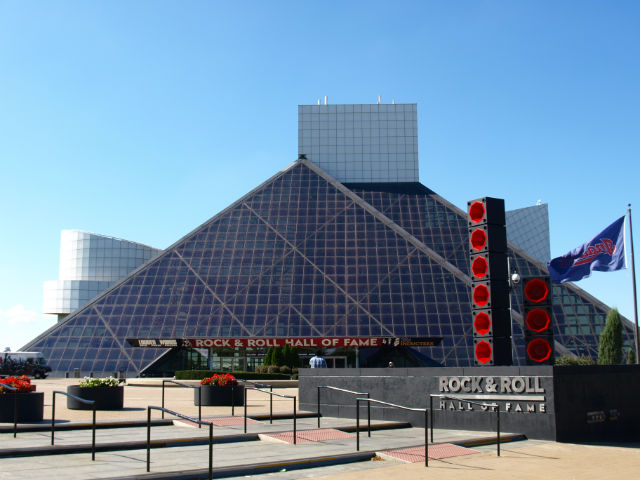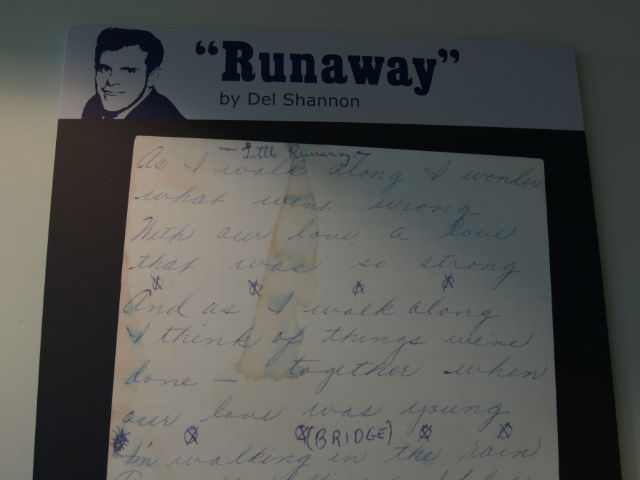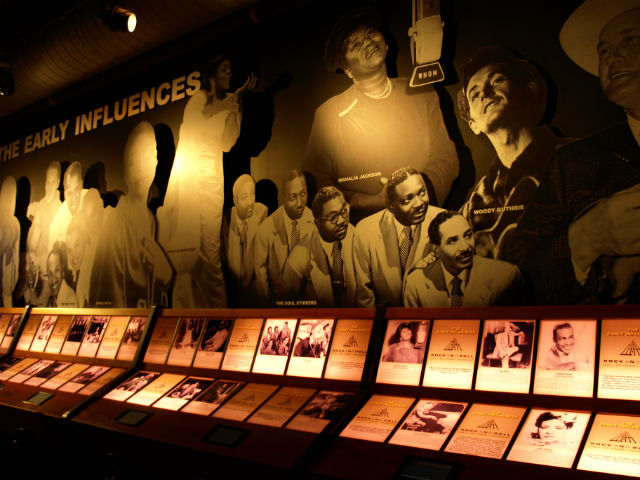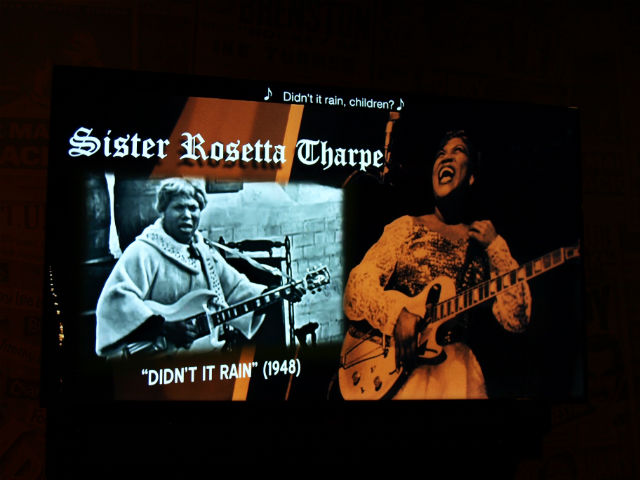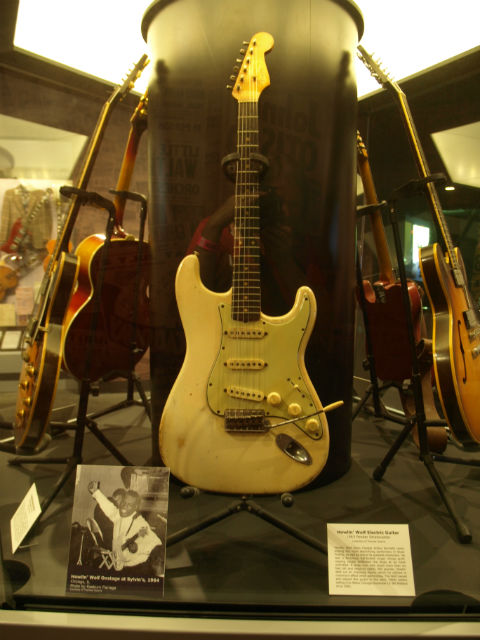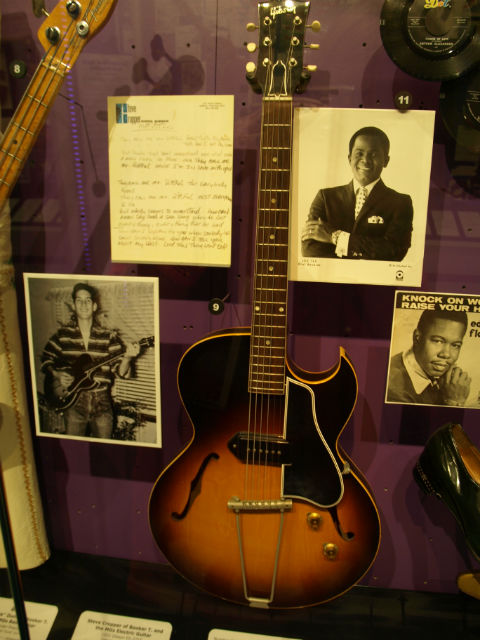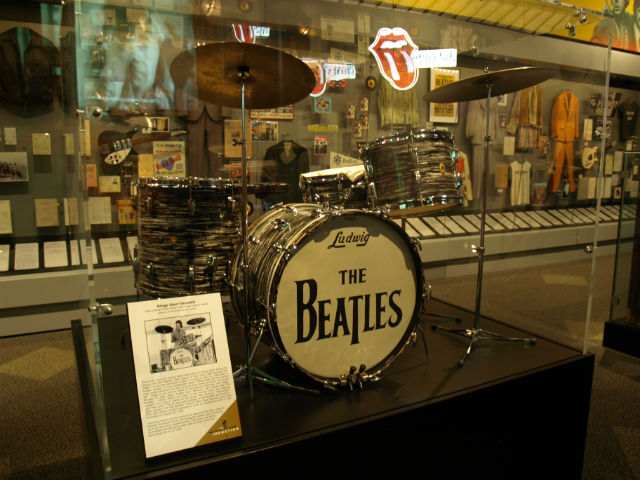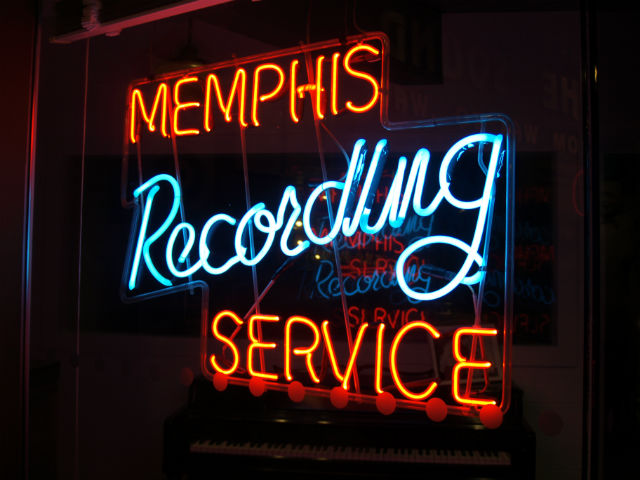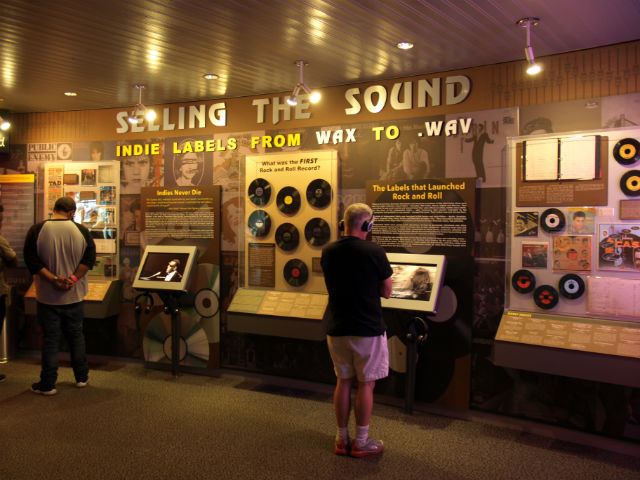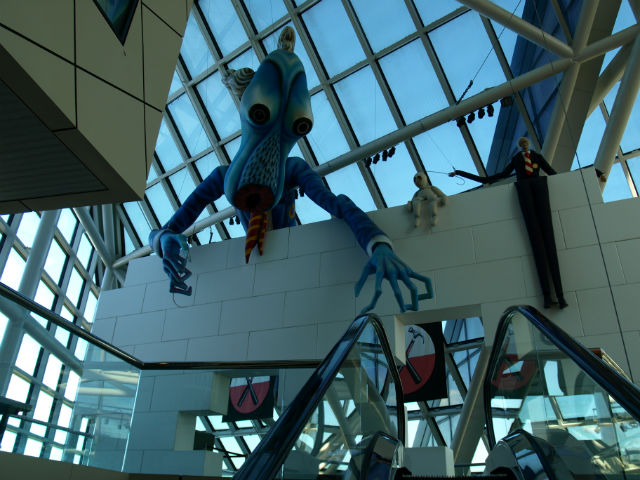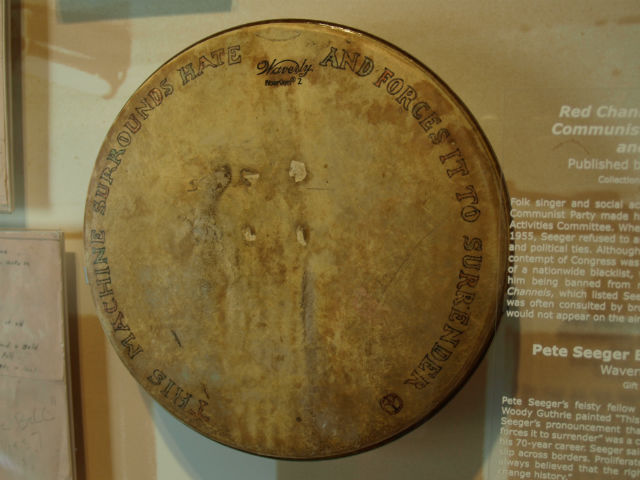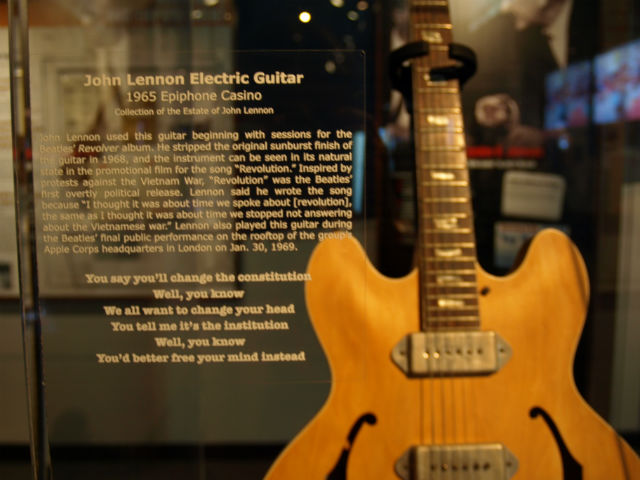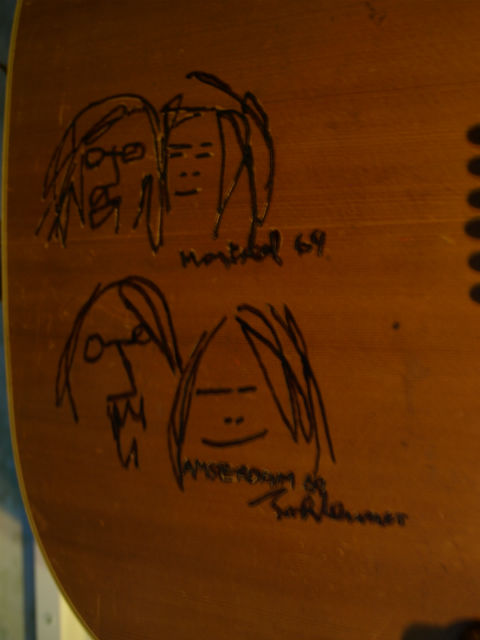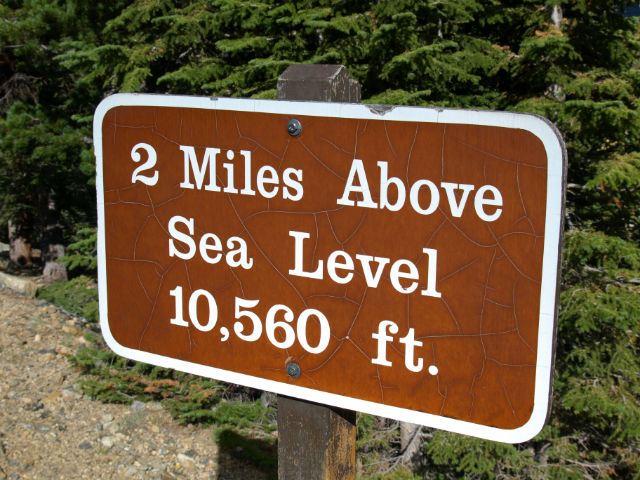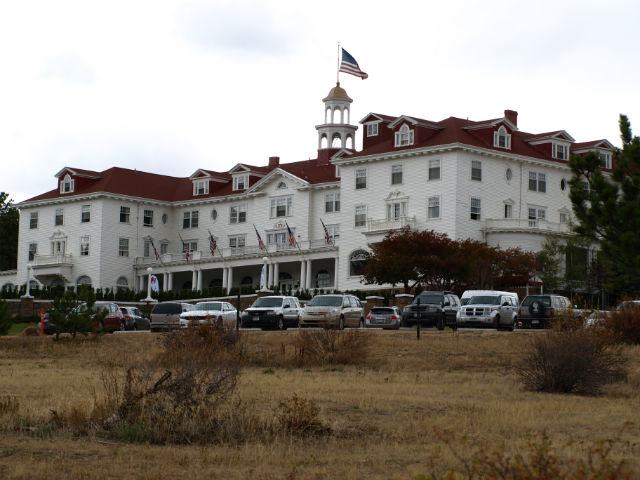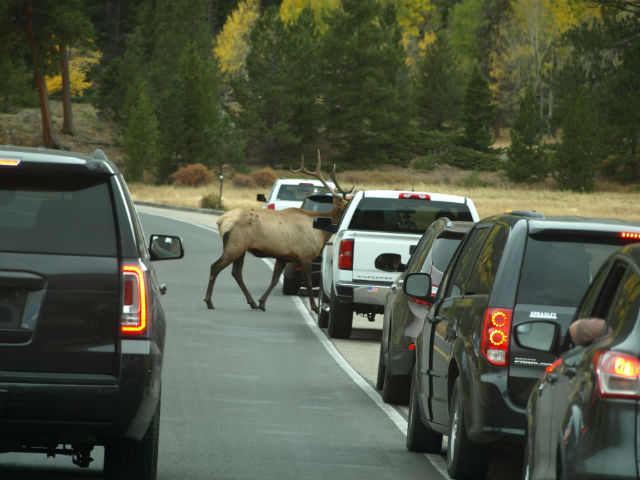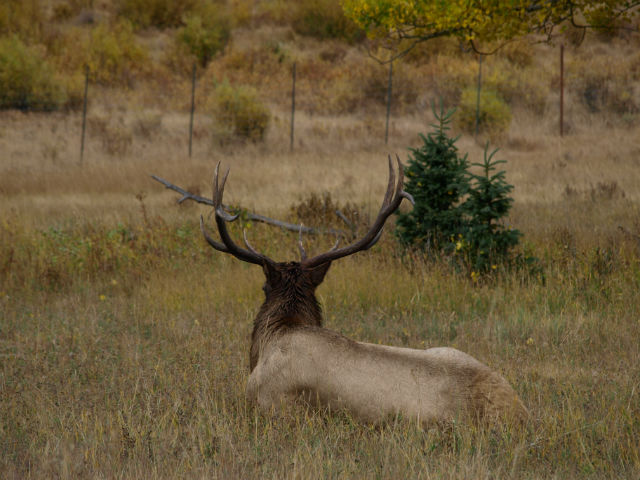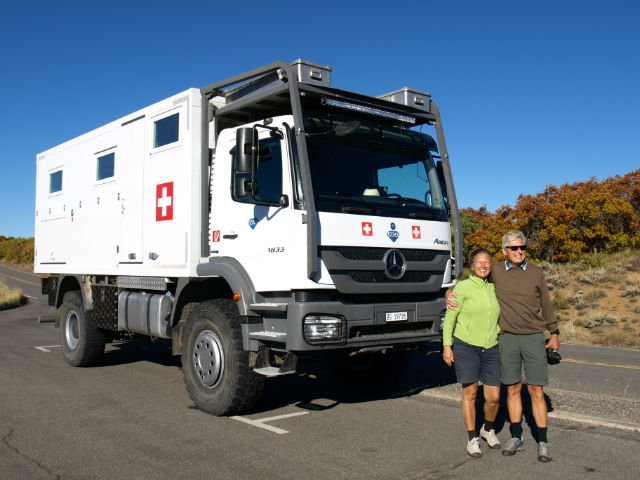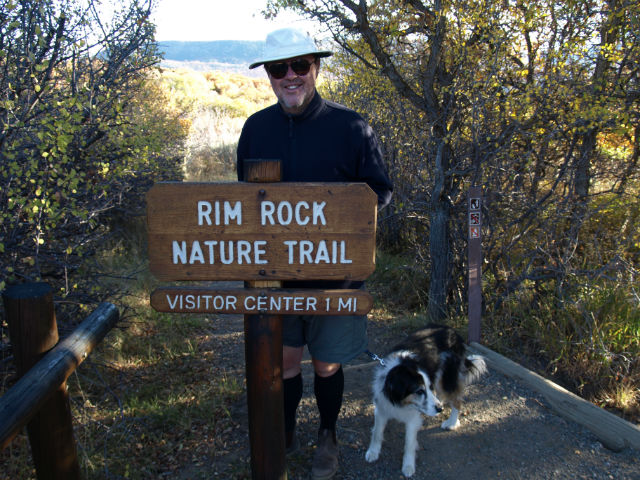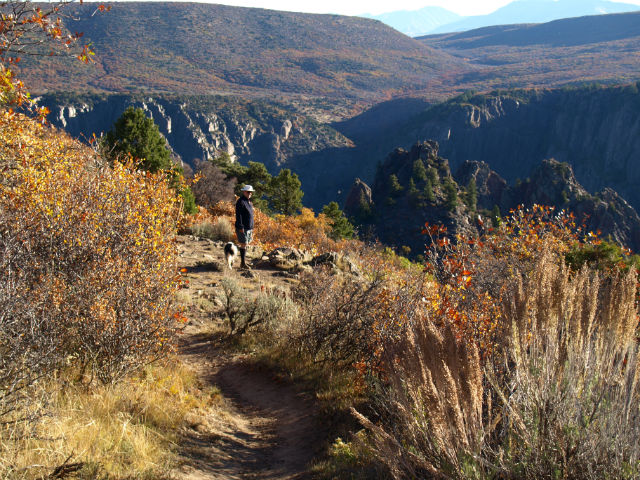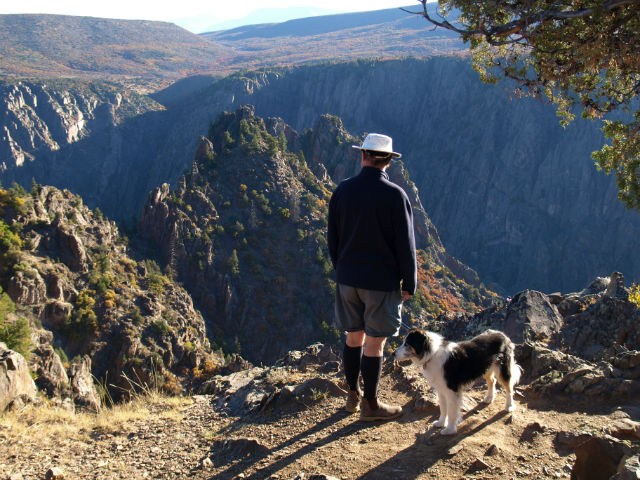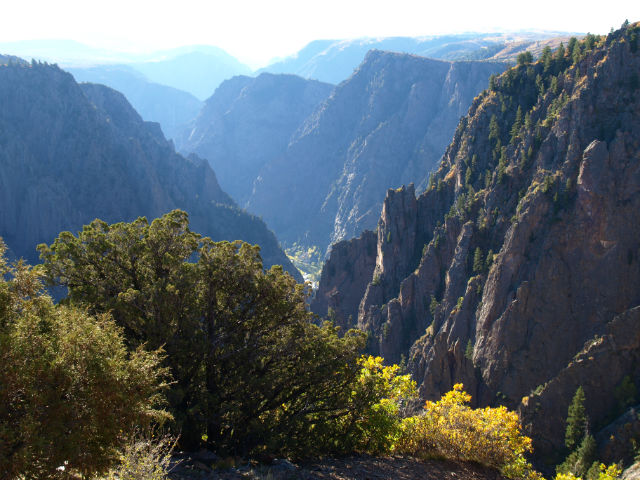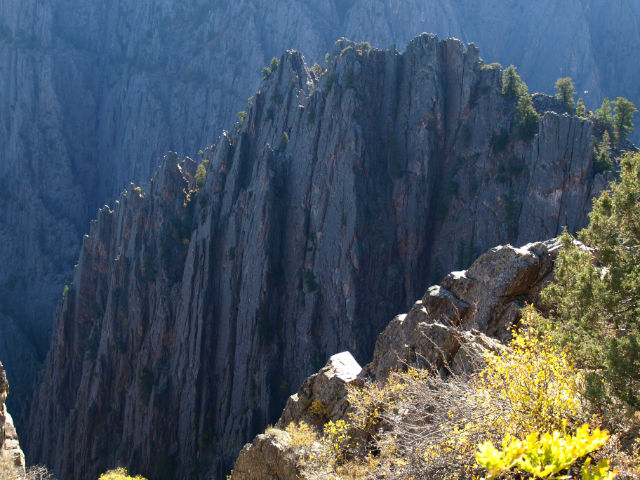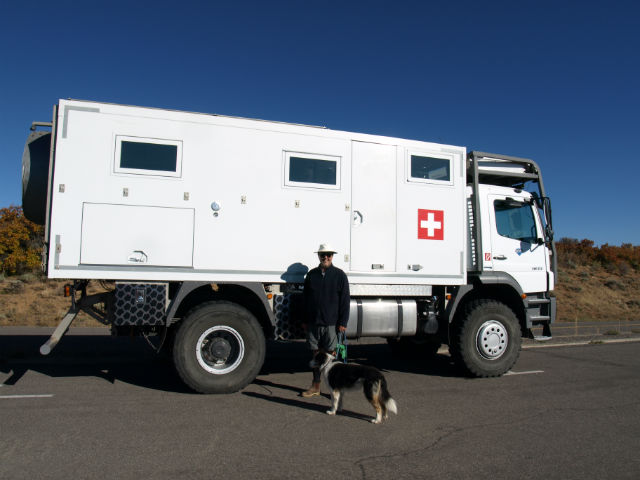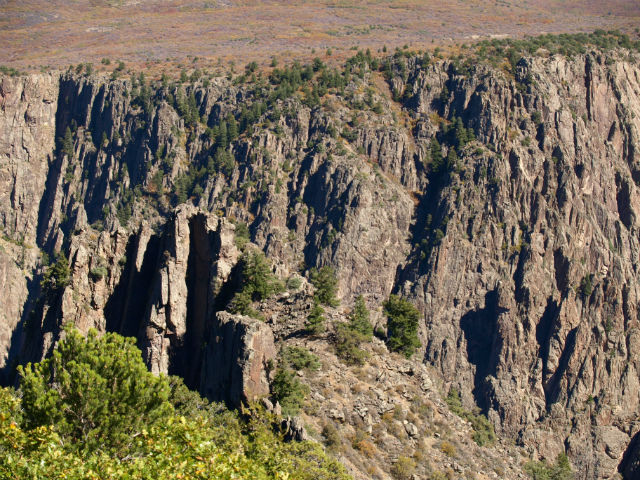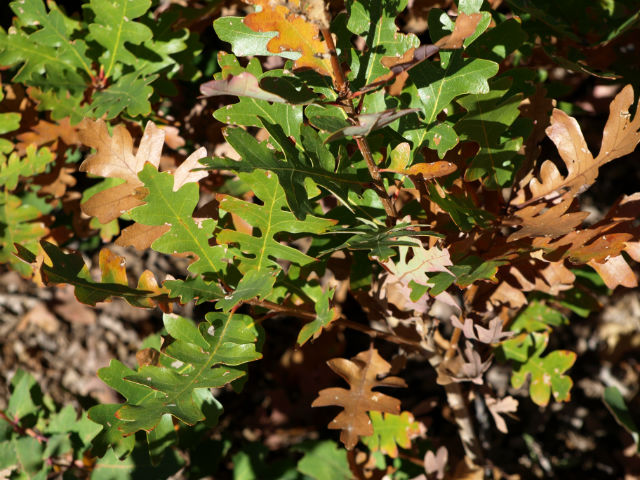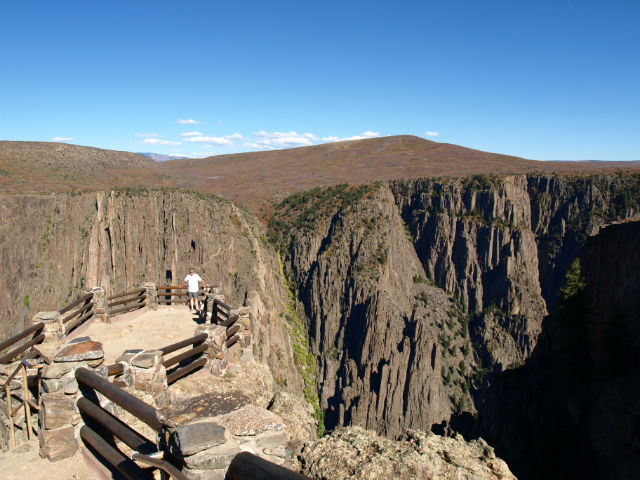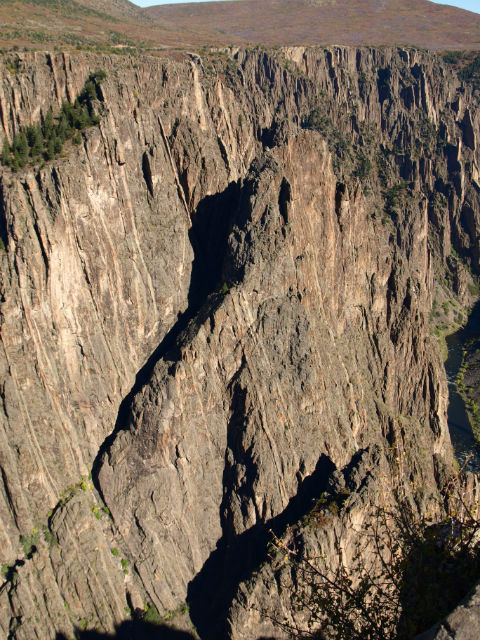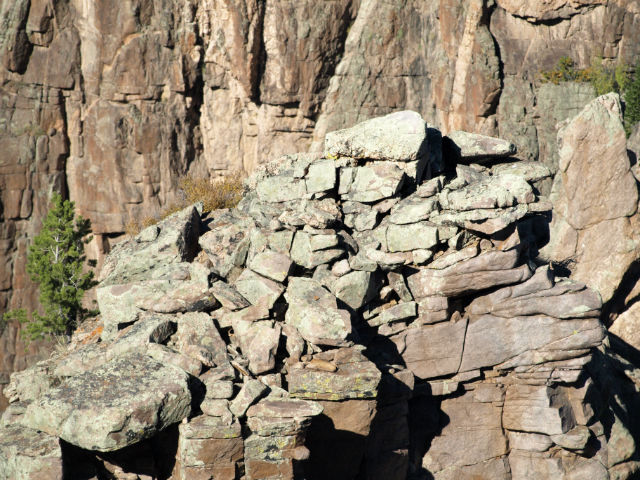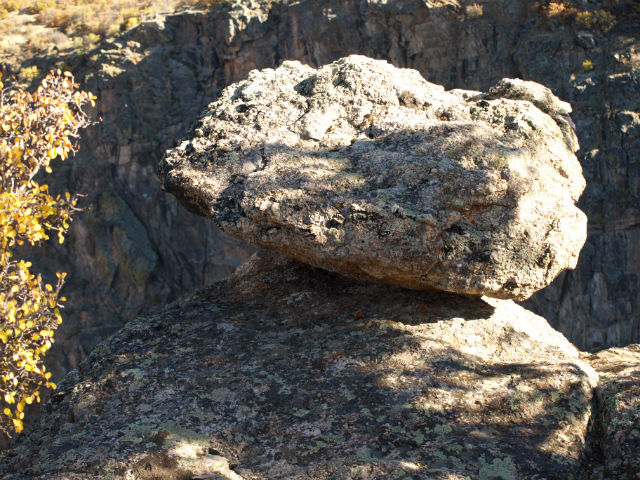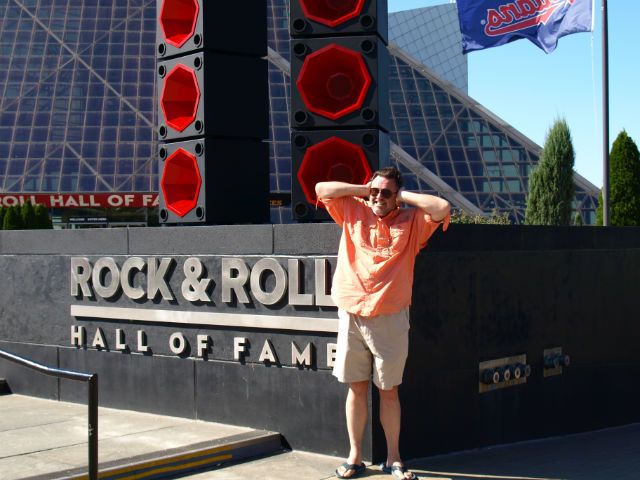
If you’re a baby-boomer, you were transformed by rock and roll — even if you hated it. Rock and roll was to the culture of the 20th century roughly what the industrial revolution was to the 18th century. It swept everything before it, changing people and the societies they lived in while at the same time reflecting these changes back upon those people and societies. Rock and roll was — and in some respects still is — a global earthquake affecting culture and politics and economics and business and social and gender relations in every community that it touched, a tsunami of consciousness transformation that roiled individuals, families and communities and nations.
Do I overstate this? Hardly. Rock and roll was about music — of course — but it was also about politics: it was the first music to — thanks to radio — reach a mass audience of people primed to question every form of authority they had grown up with. Rock and roll and radio and rebellion were made for each other. The rise of rock and roll coincides with the arrival of a new level of popular consciousness that was liberated from the stagnating conventions of the post-war era.
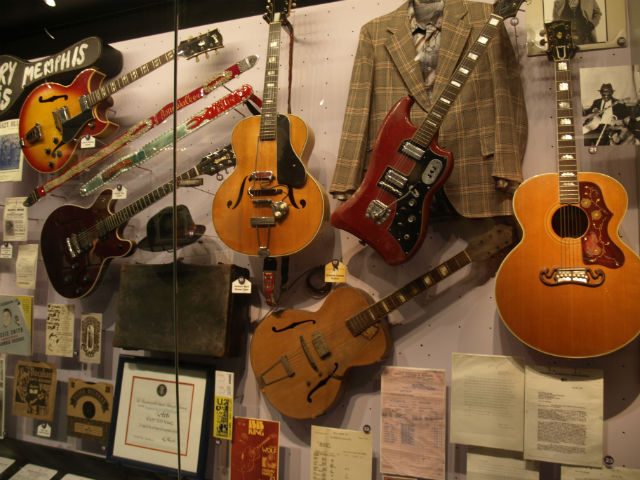
It’s not overstating it to say that every significant event of the tumultuous 20th century was either lionized in song or surrounded by melody and harmony like a soundtrack that somehow made sense of it all while lifting it to a higher level of meaning.
To really understand the force of this synergy, you have to visit the Rock & Roll Hall of Fame in Cleveland. If you hate rock and roll, you’ll have lots to focus your venom on — lots of reasons to wish things had gone differently and lots of people on whom to pin the blame. But if you love rock and roll you’ll have lots of opportunity to bask in what made it glorious. You’ll have the chance to stand inches from the white Fender Stratocaster on which Jimi Hendrix closed the Woodstock Music & Art Fair in 1969 with the Star Spangled Banner. That moment alone vaulted an already hugely talented wunderkind into a stratosphere of controversy because it at once celebrated — and held a mirror up to — the American soul for its role in Vietnam. At least, that’s how people of the time understood it.
That’s only one exhibit of thousands. All told, the Hall of Fame numbers more than 100,000 items in its vast collection — only a fraction of which are on display at any time. If you don’t get off looking at films of the early Elvis driving the white kids into frenzy, perhaps you’ll dig reading the handwritten lyrics to Give Peace A Chance or lingering over the guitar on which Lennon performed his eponymous anti-war song. The Hall of Fame advises that you’ll need 2.5 hours to view its collection — but if you really want to immerse yourself be prepared to stay much longer.
So musical instruments are not your thing? Stage wear, not so much? To really appreciate an exhibit on this scale, you have to comprehend that some titans of modern art have chosen rock and roll as the vehicle to make their mark on history. Some — say, Elton John — just wanted to write songs that everyone would sing along with. Others, like little Richard, just wanted to be the centre of attention — to be adored for their quirkiness. But Roger Waters, the prime mover behind Pink Floyd, could have been a force of nature in any art form he tackled — and his contribution to popular music will long endure. And on and on it goes.
Pro Tip: Give yourself lots of time. Some parts of the six floors will not interest you. Some — like the massive ground floor displays — are indispensable for their context setting, their deep explanations for the origins of rock and roll and its formative names and songs. If you’re not interested in the music or the cultural significance, linger over the political upheaval that rock and roll provoked. If you were born between 1945 and 1960, you were affected by rock and roll. Maybe you got lucky and you’ll find much to celebrate about it. But you won’t be unaffected by the experience of visiting the Hall of Fame.
www.visittheusa.ca
